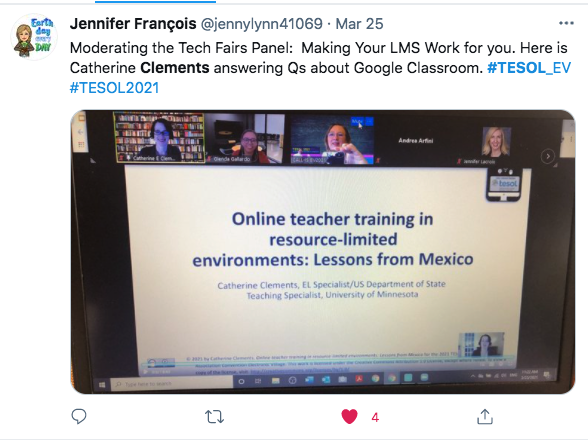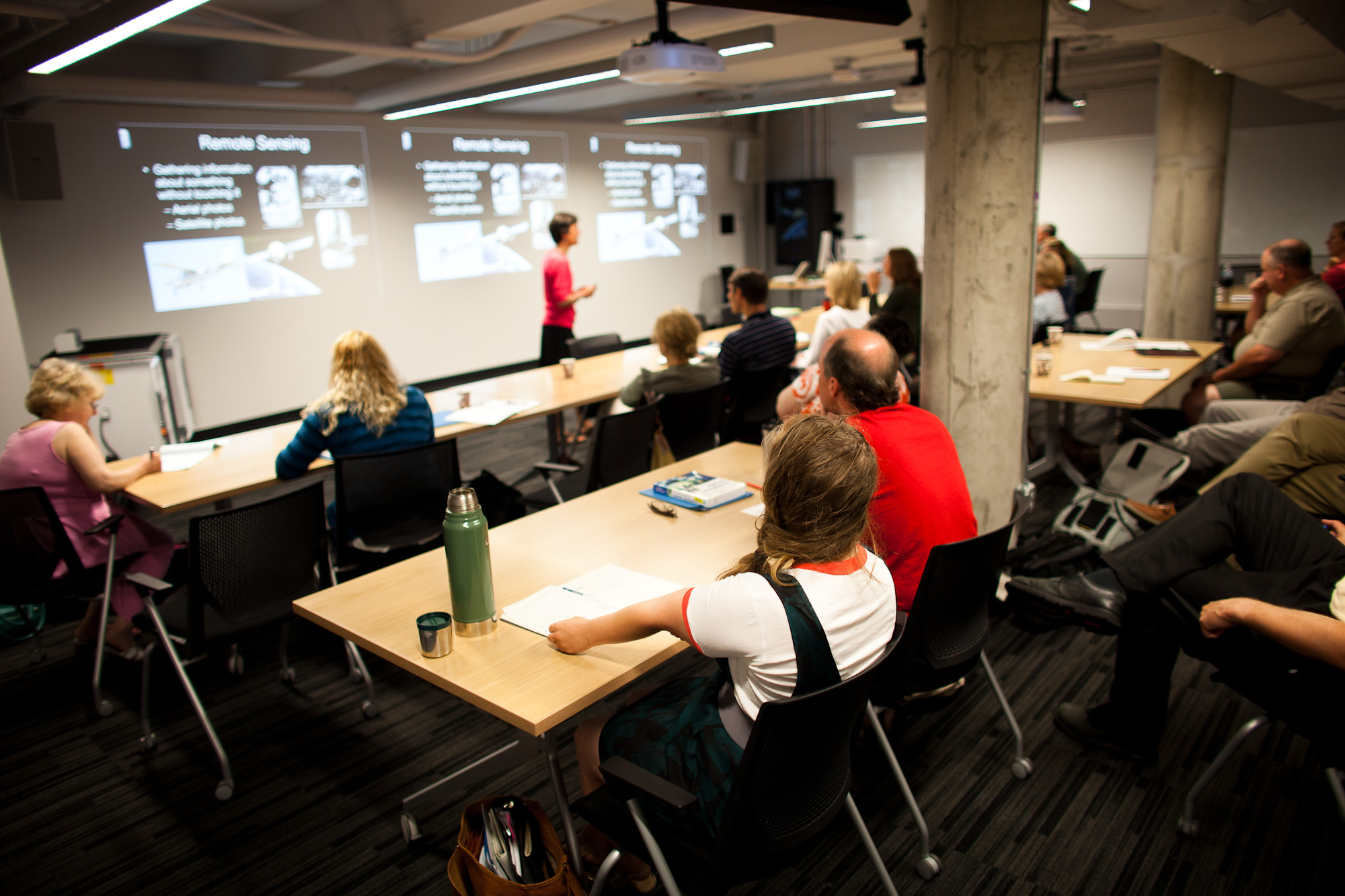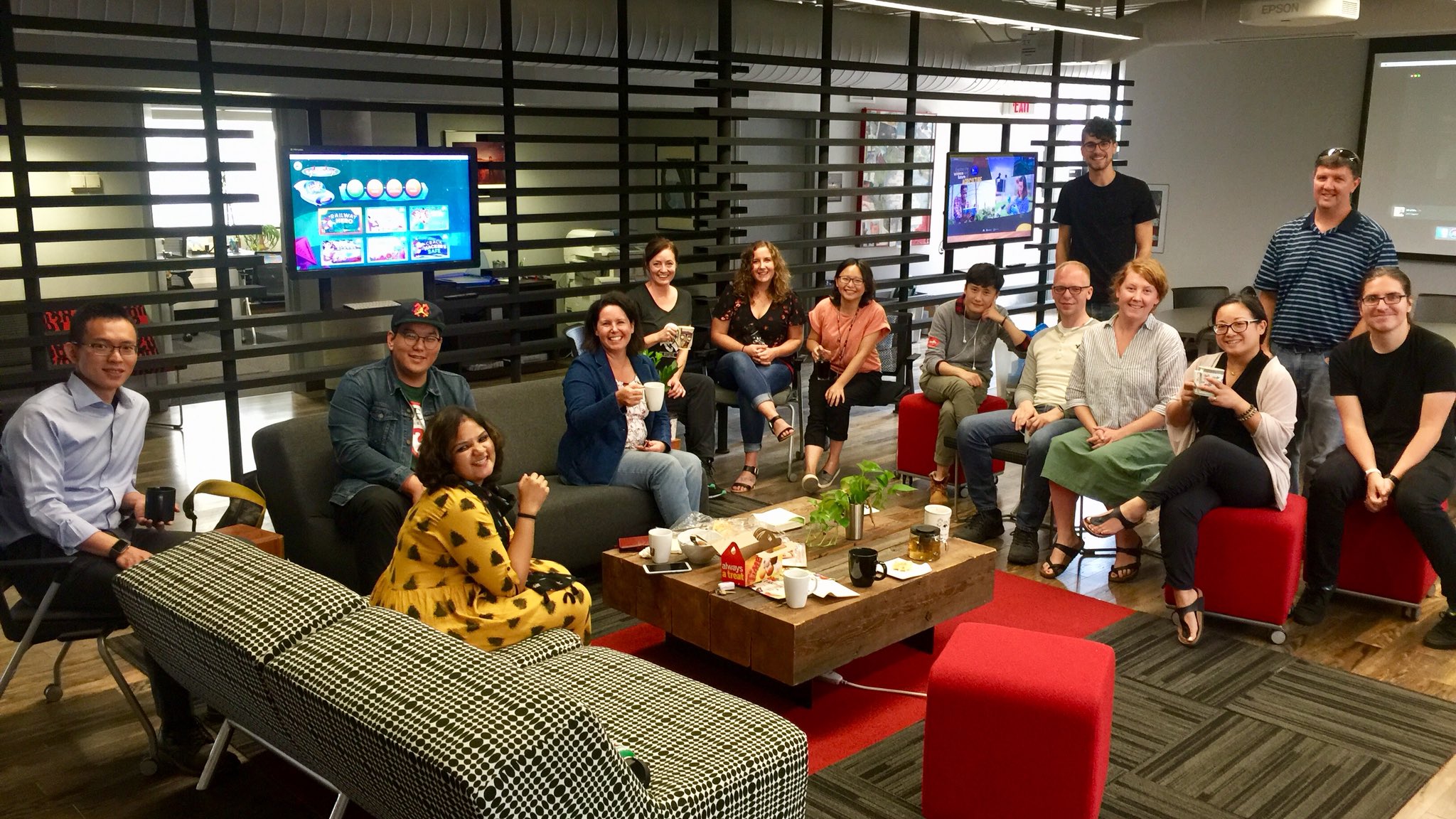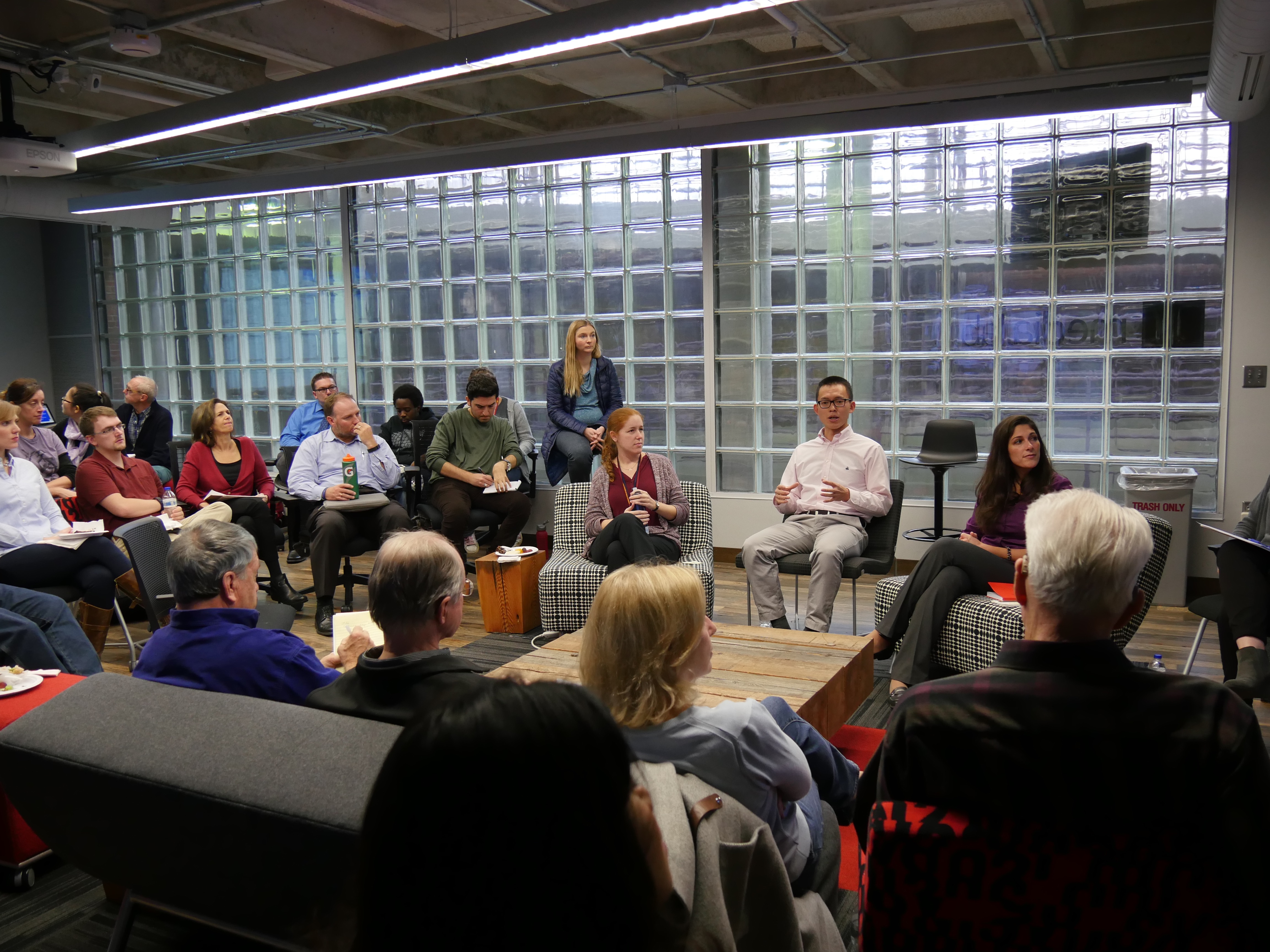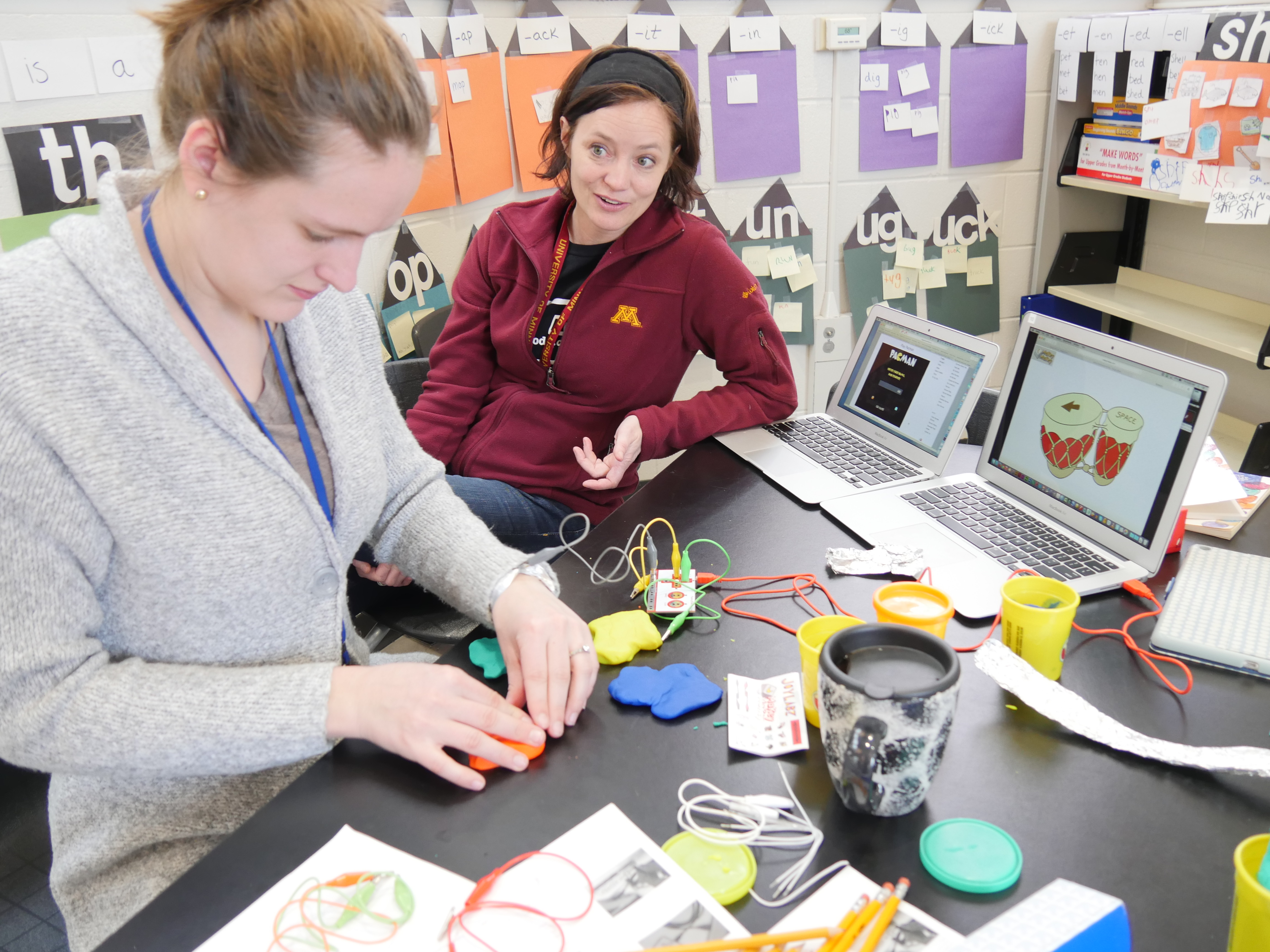Believe it or not, the best platform for rigorous online teacher training in a low-resource environment is an LMS made for kids. In March 2021 I presented at the TESOL (Teachers of English to Speakers of Other Languages) International conference about my experience using Google Classroom to lead a five-week course for teachers in training located throughout Mexico.
The course itself was an intensive, five-week online teacher training class, sponsored by the US Department of State, that I developed and taught in Summer 2020. It was an English Language Teaching (ELT) class for graduates of a 2-year English language program, so they could take their second language skills and learn to become English teachers in non-professional contexts. The State Department expected 30 students in the class; 97 signed up.
I had agreed to teach the class when I started taking CI5330 (Foundations of Instructional Design) with Jolie Kennedy in May 2020, and I used the CI course to develop the ELT class. The ELT course was created following Fink’s (2013) model of significant learning, and provided students with a mix of foundational knowledge, application and integration of the knowledge, while being “relevant, meaningful, and fun.” The class included instruction in ELT methodology, student creation of lesson plans, microteaching, and telecollaboration with language partners in the United States.
Since there were so many students located throughout the country of Mexico, with differing access to technology, I knew we needed a platform that would be easy to use and free. Also, I wanted students to have access in the future to the materials they had created. For these reasons, I chose Google Classroom (GC) as an LMS, though I’d never used it before. In CI5330, I explored GC and created demo modules which were reviewed by my classmates and instructor. After much trial and error, the fully-developed class was ready. It was housed on GC and featured asynchronous course readings & assignments in Google Quizzes, collaborative lesson plan creation on Google Documents, presentation of information on Google Slides, and Flipgrid for students to post reflections from their conversation partnerships. The class would meet synchronously in Zoom (though Google Hangout would also work) for lectures and students work time/microteaching.
The feedback from my instructor and classmates was fundamental to the success of this course design. With such a huge group of students and a relatively short class, it was absolutely essential to have a fully-developed course ready to go once the class started. I am very grateful for everything I learned in CI5330 which made the ELT course what it was. It would not have been as good as it was without their help.
The ELT course launched July 15 and ran five weeks. Leading the course was an intense and wonderful experience. Surveys and testimonials from students showed that the class was a success not only in teaching the fundamentals of ELT, but also in creating a learning community that, in the words of one student, “made the pandemic seem smaller.” I will teach it for a second time this summer, again using GC but with other tweaks and adjustments, since improving teaching and design is a never-ending process.
